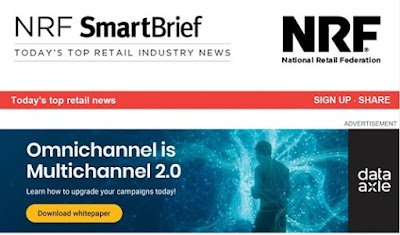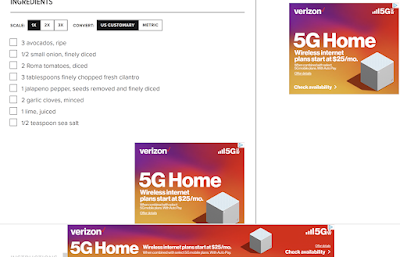Let's introduce a term you've heard me mention numerous times ... "Profit Factor".
The term "Profit Factor" represents the fraction of sales that flow-through to profit, prior to subtracting ad cost and fixed costs.
For instance, assume that your gross margin is 52% of sales, and that 10% of sales are consumed by picking / packing / shipping an item. Your "Profit Factor" is 42%.
When evaluating marketing effectiveness, we do not consider fixed costs. Fixed costs are "fixed" ... they don't change as marketing effectiveness or ad spend changes.
With that knowledge in the bank, let's think about how Customer Development and Profit are linked together.
It begins with Customer Acquisition. Let's say that you purchase 1,000 keywords at $0.65 each. 2% of the clicks convert to a purchase, spending $70 each. Assume your profit factor is 42%. How much profit did you generate? And how much profit was generated per response?
- Clicks = 1,000.
- Conversion Rate = 2%. Conversions = 1,000 * 0.02 = 20.
- AOV = $70. Sales = 20*$70 = $1,400.
- Profit Factor = 42%. Ad Cost = $0.65*1,000 = $650.
- Profit prior to ad costs = $1,400*0.42 - $650 = $588 - $650 = ($62).
- Profit per Response = ($62) / 20 = ($3.10).
This company lost $3.10 per response (new customer). This company will have to make up the difference downstream and then some in order for the company to be successful.
Let's now assume that merchandise productivity drops by 10%. This kind of thing happens all the time. This manifests itself via conversion rates ... instead of a 2% conversion rate we now have a 1.8% conversion rate. Watch how the math changes.
- Clicks = 1,000.
- Conversion Rate = 1.8%. Conversions = 1,000 * 0.018 = 18.
- AOV = $70. Sales = 18*$70 = $1,260.
- Profit Factor = 42%. Ad Cost = $0.65*1,000 = $650.
- Profit prior to ad costs = $1,260*0.42 - $529.20 = $529.20- $650 = ($120.80).
- Profit per Response = ($120.80) / 18 = ($6.71).
The marketer hasn't done anything different. The marketing landscape isn't different. But customers like your merchandise 10% less than they did a year ago and this results in a Profit per Response of ($6.71) vs ($3.10) otherwise.
We can simulate the outcome at merchandise productivity of half of prior year, through 1.5 times as good as prior year, as depicted below.
Currently, this company is losing money via the keywords they are buying. But if merchandise productivity improves by 10%, the company approaches break-even. If merchandise productivity improves by 20%, the company is making $2.32 per response.
Look at what happens as merchandise productivity erodes.
Profit per Response gets progressively worse, and the rate that it gets worse accelerates.
It's common for companies to think that it is too expensive to acquire new customers ... this is happening a lot post-lockdown. But what has also happened post-lockdown is that merchandise productivity is down, and that drives down profit per response.
Honestly, some companies don't have a customer acquisition problem. They have a merchandise productivity problem that is measured via lousy customer acquisition metrics.
Customer Development and Profit are directly linked to each other. Both are influenced by Merchandise Productivity. When customers love your merchandise, you generate more profit and it is easier to develop existing customers (or find new customers). When customers aren't fond of your merchandise, merchandise productivity suffers, you are less profitable, and your customer acquisition metrics look bad ... and it becomes harder to develop customers.
Always measure Profit per Response.
Always adjust Profit per Response for Merchandise Productivity. If, after adjusting for Merchandise Productivity you find that Profit per Response is similar, then your customer acquisition activities are stable.










